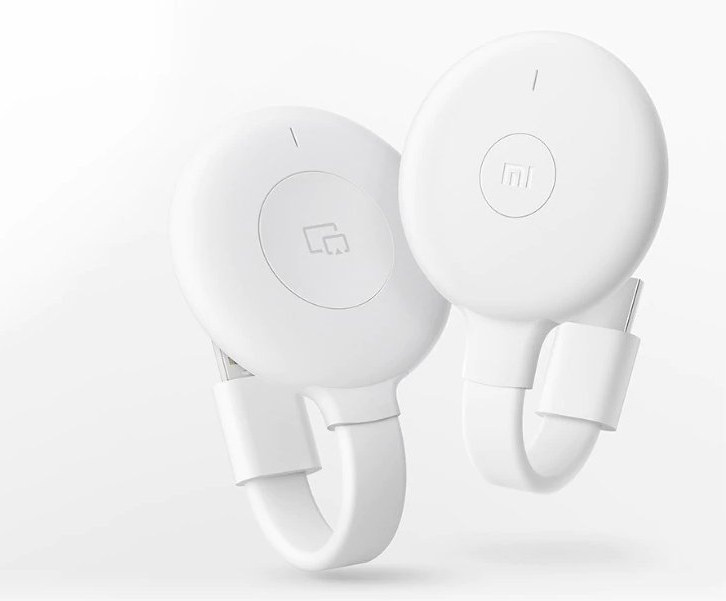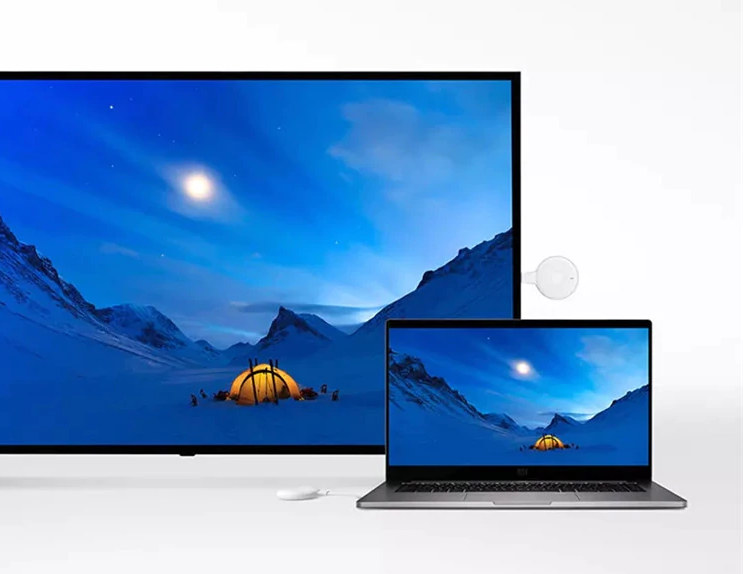A few years ago, we covered plenty of cheap Miracast adapters that plugged into your TV and used to mirror your Android or iOS smartphone display to a larger TV screen. It’s also possible to use Miracast on computers with WiFi, and since many TVs implement Miracast, extra hardware is often not needed.
But in case your TV and computer are not compatible, Xiaomi Mijia Paipai wireless HDMI system [Update Nov 2020: actually called “Mi Wireless Casting Adapter” in English] solves this issue with a wireless HDMI receiver connected to your TV and a wireless HDMI transmitter connected to a USB port from your computer or laptop.
Both the receiver and transmitter have similar dimensions (149.6 x 61 x 12.5 mm vs 152 x 60 x 11.9 mm) and weigh 38.5 grams in a form factor similar to Google Chromecast. The company says Windows 7 to 10 and Mac OS 10.10+ operating systems are supported, and it’s unclear whether that’s also the case for Linux distributions such as Ubuntu or Debian. There’s no need for a router since the connection is direct between the receiver and transmitter.
The kit also ships with a user manual and a USB cable that is used to provide power to the receiver. The maximum resolution is 1920×1080 and the range is said to up to 10 meters. There’s no word about latency, but if you plan on playing fast-pacing games, it’s probably better to use an actual HDMI cable. This type of solution normally relies on video compression, so the image may not be as sharp.
But if you’d like to give it a try Xiaomi Mijia Paipai wireless HDMI system sells for $54 including shipping on Aliexpress, and 299 RMB in China. (about $44.5 US)
Via Liliputing and Xiaomi4mi

Jean-Luc started CNX Software in 2010 as a part-time endeavor, before quitting his job as a software engineering manager, and starting to write daily news, and reviews full time later in 2011.
Support CNX Software! Donate via cryptocurrencies, become a Patron on Patreon, or purchase goods on Amazon or Aliexpress






